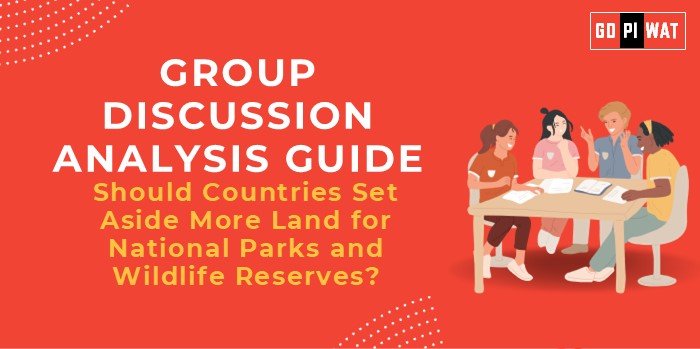🌿 Should Countries Set Aside More Land for National Parks and Wildlife Reserves?
🌍 Introduction to the Topic
As environmental concerns grow globally, the debate over expanding national parks and wildlife reserves is gaining traction. Protected areas are pivotal in preserving biodiversity, mitigating climate change, and supporting sustainable development.
The concept of national parks dates back to the 19th century, starting with Yellowstone in the United States in 1872. Today, over 15% of global land is under some form of protection, yet rapid urbanization, deforestation, and climate pressures call for a reassessment of these efforts.
📊 Quick Facts and Key Statistics
- Global Protected Areas: Cover 15% of land and 7.5% of oceans. (UNEP, 2024)
- Species at Risk: 1 million species face extinction due to habitat loss. (IPBES, 2023)
- Economic Impact: Ecotourism generates over $600 billion annually, providing livelihoods to millions.
- India’s Protected Area Network: Covers 5% of its geographical area with 106 national parks and 564 wildlife sanctuaries.
🤝 Stakeholders and Their Roles
- Governments: Enact policies and allocate budgets for protected areas.
- Local Communities: Serve as stewards of ecosystems, often relying on reserves for livelihoods.
- NGOs and Conservation Groups: Provide expertise, funding, and advocacy.
- Tourism Industry: Promotes ecotourism, generating revenue for conservation.
- International Bodies (UNEP, IUCN): Set global standards and support cross-border initiatives.
🏆 Achievements and Challenges
Achievements
- Biodiversity Preservation: Amazon reserves shield over 80% of local species.
- Carbon Sequestration: Protected forests absorb significant greenhouse gases.
- Cultural Conservation: Safeguard indigenous lands and traditional knowledge.
- Economic Benefits: Kenya’s Maasai Mara reserve boosts GDP via tourism.
Challenges
- Human-Wildlife Conflicts: Encroachments and attacks in buffer zones.
- Funding Shortages: Many parks are underfunded, limiting their effectiveness.
- Land Use Conflicts: Development pressures threaten conservation goals.
Global Comparisons
- Success: Costa Rica has expanded protected areas to cover 26% of its territory, reversing deforestation trends.
- Challenges: Brazil’s Amazon is losing 10,000 km² annually due to illegal logging.
Case Studies
- Kaziranga, India: Population of rhinos doubled due to strict anti-poaching measures.
- Yellowstone, USA: Reintroduced wolves restored ecological balance.
💬 Structured Arguments for Discussion
- Supporting Stance: “Expanding protected areas is crucial for combating biodiversity loss and addressing climate change.”
- Opposing Stance: “Land set aside for reserves limits economic opportunities and housing developments.”
- Balanced Perspective: “While conservation is essential, integrating sustainable development alongside protected areas ensures a holistic approach.”
✔️ Effective Discussion Approaches
- Opening Approaches:
- Use a compelling statistic: “One million species are at risk of extinction without intervention.”
- Begin with a case study: “Costa Rica’s approach demonstrates the dual benefits of conservation and economic growth.”
- Counter-Argument Handling:
- Challenge: “Protected areas restrict economic growth.”
- Rebuttal: “Ecotourism provides long-term economic returns and job creation.”
📈 Strategic Analysis of Strengths and Weaknesses
- Strengths: Biodiversity protection, climate regulation, tourism benefits.
- Weaknesses: Limited funding, land conflicts.
- Opportunities: Ecotourism, carbon credit markets.
- Threats: Illegal activities, climate change impacts.
🎓 Connecting with B-School Applications
- Real-World Applications: Sustainability initiatives in operations and finance; projects on balancing conservation with urbanization.
- Sample Interview Questions:
- “How can conservation efforts align with sustainable development goals?”
- “What role does ecotourism play in environmental and economic sustainability?”
- Insights for B-School Students:
- Explore case studies linking conservation to economic benefits.
- Understand policy frameworks for sustainable resource management.


